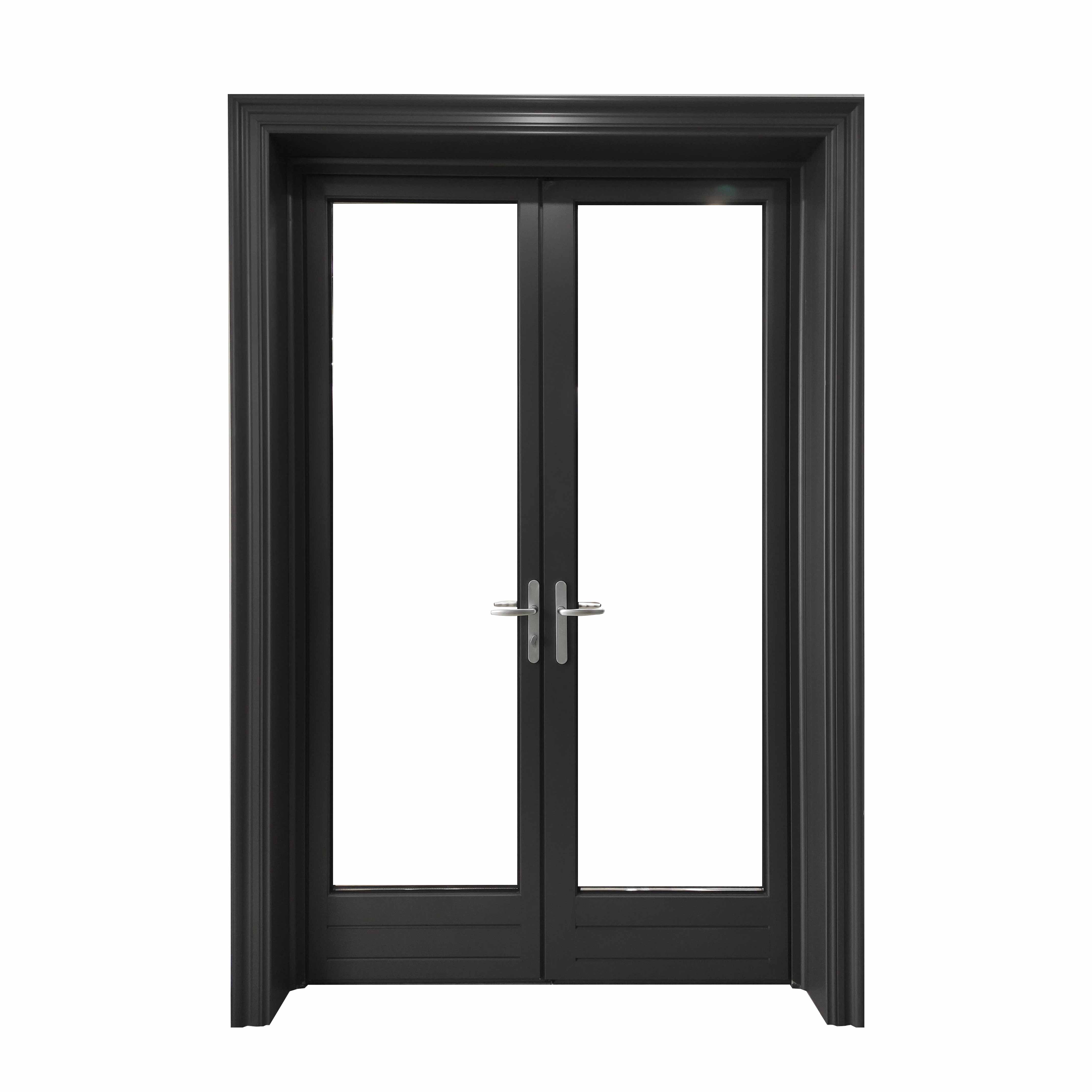When upgrading your home's windows, deciding between a bay window and a bow window can significantly impact your space's aesthetics and functionality. Both styles are known for their ability to add charm, light, and value to any room. However, they serve different purposes and offer distinct advantages. This article will help you decide between options such as a custom bay window, aluminium bay windows, or even a custom bow window with unique designs, including the increasingly popular double hung bow window style.
1. Understanding Bay and Bow Windows
Both bay and bow windows extend outward from your home, but their design differences make them suitable for different spaces and styles:
• Bay Windows: A custom bay window typically consists of three panels—a large central window and two angled side windows. This configuration creates a more angular, modern aesthetic. For those who value durability and low maintenance, aluminium bay windows offer a sleek, long-lasting solution.
• Bow Windows: A custom bow window typically consists of four or more panels arranged in a gentle curve, offering a softer, more traditional look. Bow windows are perfect for maximizing natural light and creating panoramic views. For added functionality, consider a double hung bow window, which allows for better ventilation and easy cleaning thanks to its operable sashes.
Both styles offer increased interior space, making them great for cozy seating areas or decorative displays. However, the choice between the two often depends on your specific needs and aesthetic preferences.

2. Key Differences Between Bay and Bow Windows
While bay and bow windows share some similarities, they differ in their structure, functionality, and installation requirements. Here's a closer look at their unique features:
• Design and Style:
A new bay window provides a bold, angular look that complements modern and contemporary homes. The sharp angles make it easier to incorporate additional features like built-in benches or shelves. In contrast, a custom bow window offers a more classic, curved design that adds a touch of elegance to traditional or Victorian-style homes.
• Light and Views:
Bow windows, with their multiple panels, allow more natural light into the room and provide a broader, uninterrupted view of the outdoors. However, bay windows still offer excellent light and focused views, especially when designed with large central panels and operable side panels, such as aluminium bay windows.
• Ventilation and Functionality:
If ventilation is a priority, a double hung bow window might be the best option. This style allows for greater airflow as both the upper and lower sashes can be opened. Bay windows can also include operable side windows, but their design may limit ventilation compared to bow windows.
• Space Utilization:
A custom bay window often creates more usable interior space due to its angular shape. This makes it perfect for creating a cozy reading nook, additional seating, or storage. Bow windows, while less practical for built-ins, make rooms feel more spacious and open with their curved design.
• Installation and Cost:
A new bay window is typically easier and less expensive to install due to its simpler three-panel design. Custom bow windows, with their additional panels and curved structure, require more complex installation, leading to higher costs. The choice of materials, such as opting for aluminium bay windows, can also influence the overall expense.
3. How to Choose the Right Window for Your Home
Several factors can help you decide whether a bay or bow window is the right choice for your space:
• Purpose and Functionality:
If your primary goal is to create a functional space, such as a reading nook or storage area, a custom bay window might be your best bet. The angular design provides a natural alcove that can be easily customized to suit your needs. For those who prioritize light and views, a custom bow window or double hung bow window can offer unparalleled benefits.
• Home Style:
The architectural style of your home plays a significant role in determining the best fit. Aluminium bay windows are ideal for modern homes, offering a sleek and minimalist aesthetic. In contrast, bow windows are better suited for classic or traditional homes, where their curved design enhances the overall charm.
• Room Size and Layout:
Smaller rooms can benefit from a new bay window, which provides additional interior space without overwhelming the room. Larger rooms, however, can take full advantage of a bow window's panoramic views and expansive design.
• Budget Considerations:
If cost is a deciding factor, bay windows are generally more budget-friendly due to their simpler design and installation process. Bow windows, while offering greater light and visual appeal, require a larger investment, particularly when opting for high-end materials like custom bow windows.
• Energy Efficiency:
Both bay and bow windows can improve a home's energy efficiency when fitted with high-quality glass and proper insulation. Aluminium bay windows are particularly effective in maintaining a comfortable indoor temperature due to their durable and thermally efficient frames.

Both bay and bow windows offer unique benefits that can enhance your home's aesthetics and functionality. A custom bay window is perfect for those looking to add a bold architectural feature while maximizing usable interior space. Custom bow windows, on the other hand, provide a more elegant, curved design that floods your home with natural light and offers breathtaking views. If you value additional ventilation and ease of use, a double hung bow window might be the ideal choice. For those who prioritize durability and modern appeal, aluminium bay windows are an excellent investment.
By carefully considering your home's style, your budget, and the specific functionality you need, you can make an informed decision that will enhance your living space for years to come.


